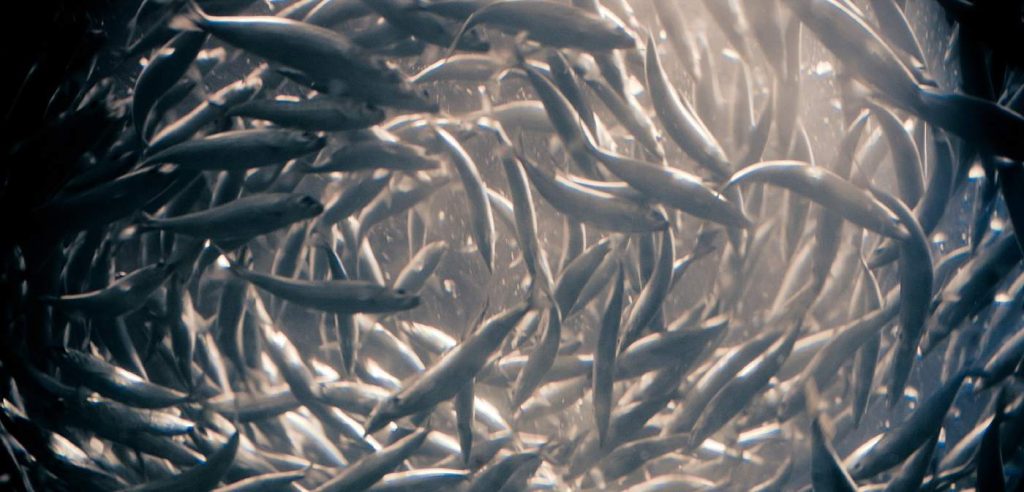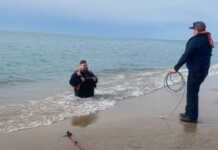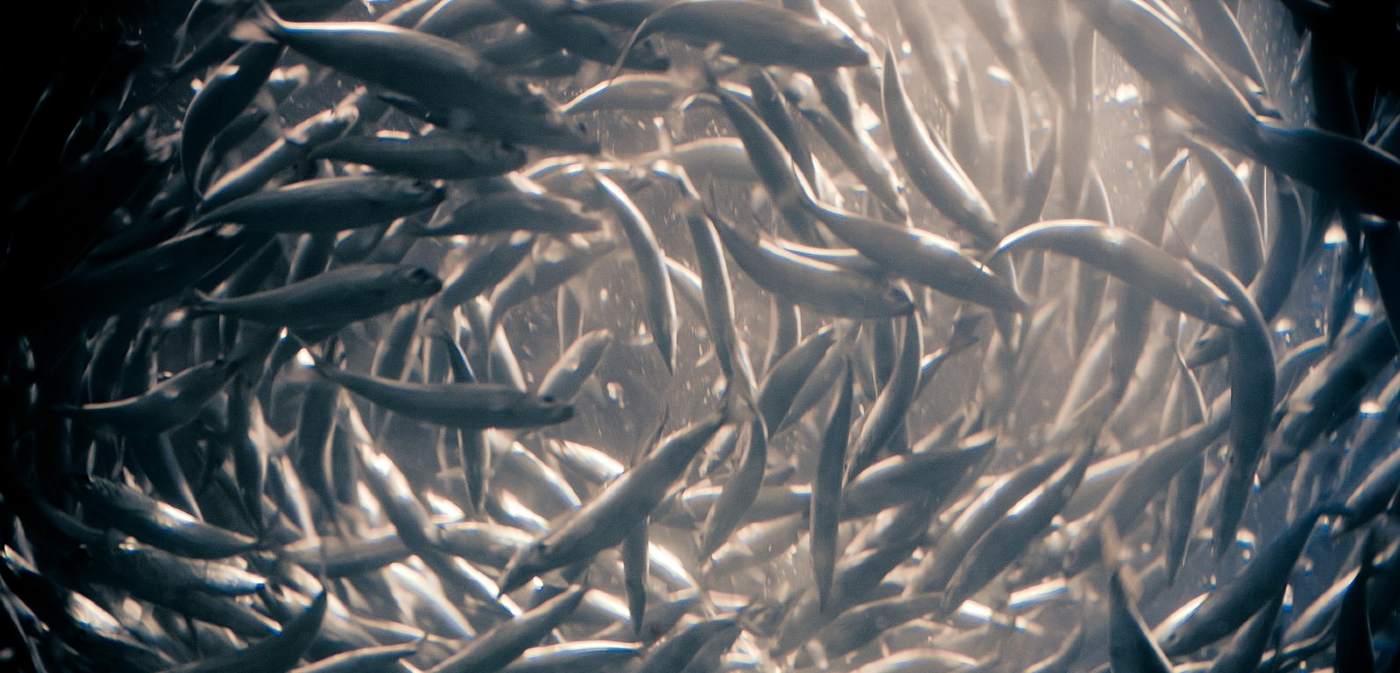
It’s not size of the fish but the motion of the ocean, as they say. Marine biologists have proved this idiom true in the strongest possible terms.
When the tiny and humble anchovy mates, it does so in such numbers and with such vigor that it causes the ocean to shake and mix—in the same way as a powerful storm.
Discovered at a coastal inlet in northern Spain, fourteen days of anchovy spawning behavior was found to increase subsurface ocean turbulence by 10-100 times, equivalent to storms, and even a rough tide.
The finding took place during calm weather, when the opportunity to pinpoint the source of the ocean turbulence was at its best.
Beyond humor, the relevance of this discovery is two-fold. The first major point is that all this turbulence created during the fishy baby-making helps to facilitate the mixing of the layers of the ocean—with deep cooler waters blending with shallow warmer waters, this enhances the oxygen and nutrients of both.
The second is that this precise behavior has been dismissed as a potential ocean mixer, so the finding corrects the scientific record. Called “biomixing,” its impact was observed to be strongest near the coast, where scientists fished up the anchovy eggs with small nets to confirm where spawning was taking place.
“We believe that biological mixing was intense in our observations because the bay is highly stratified,” Dr. Bieito Fernández Castro, the University of Southampton research fellow who led the study, said in a news release. “The temperature and other properties vary significantly at different depths.”
Anchovies mate through spawning—where the females release eggs and the males release sperm to fertilize them. This is done in what could be described as a competitive event, stimulating the fish to act with speed and aggression, and thus swirling the ocean.
(WATCH just how many sardines can travel together in the video below.)
SHAKE Things Up a Little; Share This Story With Friends…




















